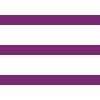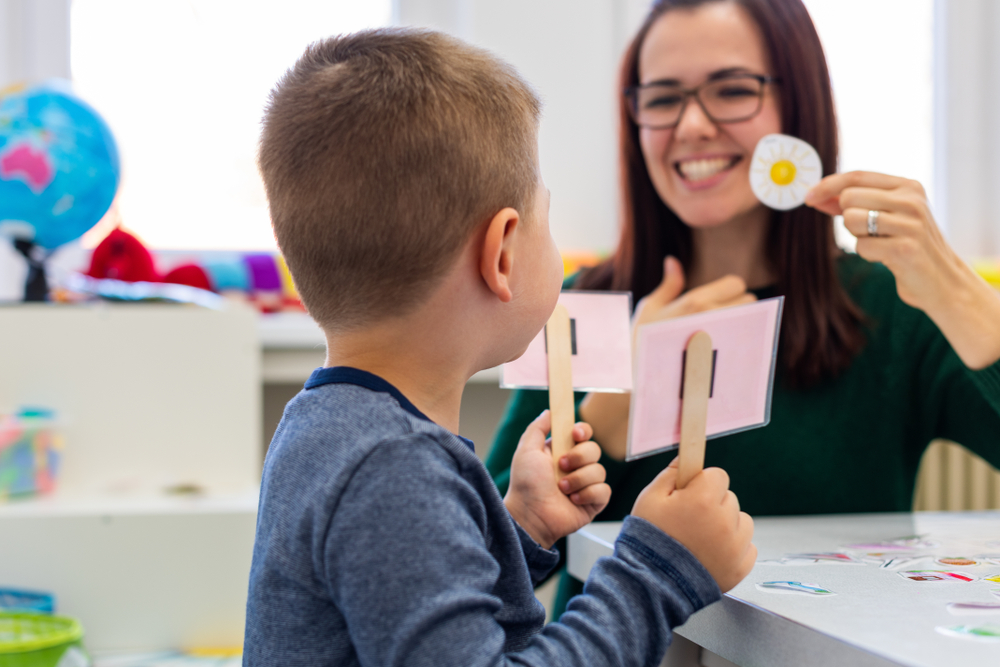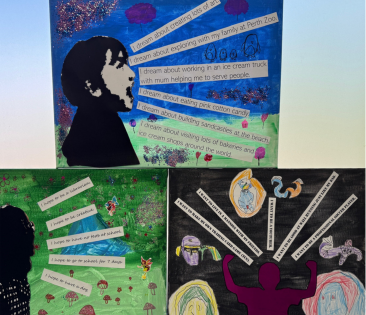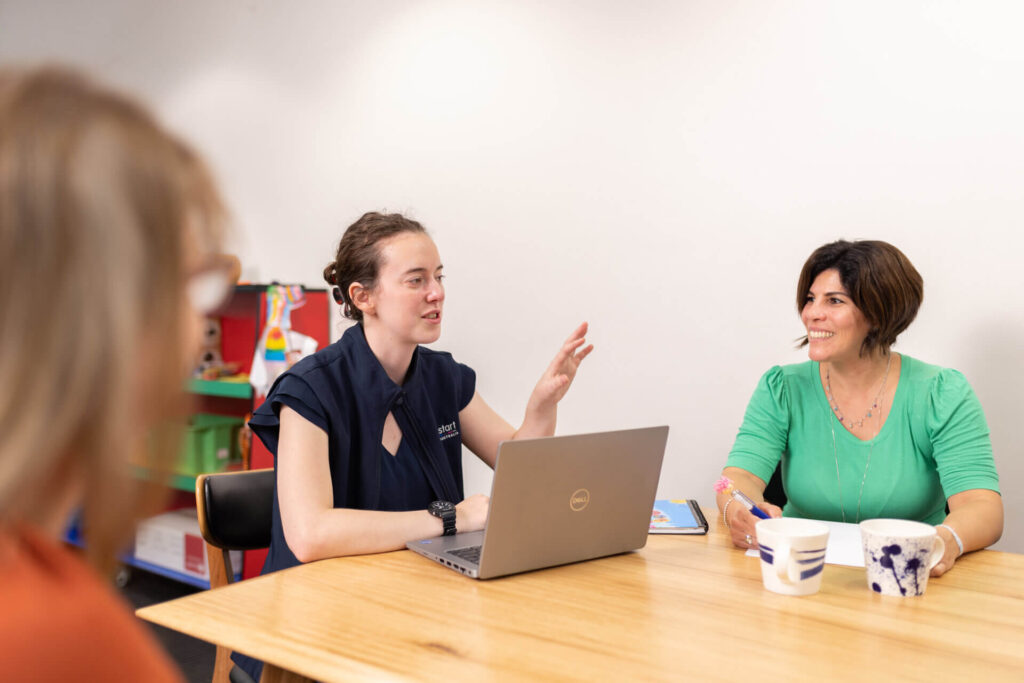Identifying symptoms of dyslexia in children: A guide for parents
Do you want to better understand the symptoms of dyslexia in children?
Dyslexia is a type of Specific Learning Disorder (SLD) involving extreme difficulty with reading and spelling words.
If you are concerned about a little one in your life, understanding the symptoms of dyslexia and SLD can help your family through the process.
Parenting a child with a potential learning disorder can feel a little overwhelming.
But there’s good news – you don’t have to do it on your own.
With Early Start Australia, you can rely on a professional team to help support your child with assessment and early intervention services.
But first, let’s jump into the basics of what dyslexia is and how it’s diagnosed.
What is dyslexia or SLD and how is it diagnosed?
Dyslexia is rooted in the brain’s neurological processes related to language, reading, and writing, which can make it difficult to process information.
The impacts of dyslexia go beyond academics and can affect confidence and social development, too.
To diagnose dyslexia, an assessment will have to be conducted.
Your health professional will ask for your family history, any documents on medical or developmental history, academic assignments and results of reading or language tests.
By breaking down this information and monitoring the patient during the session, it will be easier to recognise if the patient is presenting typical signs of dyslexia.
An early diagnosis of dyslexia symptoms will benefit a person’s future academic and social success.
Common symptoms of dyslexia in children
Every child is unique, so while there are common symptoms of dyslexia, these symptoms may present slightly differently from child to child.
Generally speaking, the below common symptoms can indicate dyslexia. Remember: if your child shows one or more signs, it doesn’t guarantee that they have dyslexia.
Slow reading or difficulty with reading
Children with dyslexia can struggle with reading, word recognition and decoding new words. This manifests in behaviours such as reading slowly, struggling to read the right words and having difficulty with fluency.
Difficulty with memory
Children with dyslexia often have trouble with memory. Comparated with their peers, those with dyslexia often have more trouble with short-term memory and working memory. This can mean children with dyslexia have difficulty recalling and remembering instructions.

Difficulty with writing
One of the common signs of dyslexia in children is difficulty with writing. Children with dyslexia may have a tricky time putting their thoughts on paper, and struggle with grammar and punctuation
Difficulty with spelling
Children with dyslexia often have difficulty spelling and can mix up letters, even with familiar words they have used before. This is because dyslexia impacts an individual’s ability to remember spelling and letters.
Difficulty understanding phonemics
Those with dyslexia can struggle to understand a word’s phonemic makeup. This impacts their ability to break down words into sounds, making it quite tricky to decode words accurately, especially long words during reading and writing tasks.
Difficulty with letter or number sequencing
Children with dyslexia can have difficulty remembering which letters or numbers come first in a sequence. A teacher may pick this up with counting, for example.
Tips for creating a supportive home environment for children with dyslexia
The role of parents and caregivers in supporting children with dyslexia is crucial to helping your little one succeed with their learning difficulty. While every child and case looks different, below are some tips for creating a supportive home environment to support a child with dyslexia.
- Make time to read together
- Focus on sight words; is, are, the, etc.
- Create a quiet study space within your home
- Use visual tools to track progress
- Use multi-sensory learning tools
- Break down tasks into smaller sections
- Establish a regular sleep cycle
- Hire a tutor
- Work with a specialist
- Try to remain positive through trial and error!

Strategies and accommodations for managing dyslexia in school
Teachers and parents need to communicate regularly and work together to help children with learning difficulties. Some ways to support a child with dyslexia in the classroom may be to:
- Give positive reinforcement
- Allow extra time to hand in tasks
- Rearrange seating, for example, seating a child with dyslexia at the front of the classroom without distractions
- Give clear instructions for reading and spelling (it’s recommended to use a structured synthetic phonics program which involves multi-sensory methods)
- Engage in multi-sensory learning – this can include visual aids and hands-on activities
- Use assistive technology, for example, a C-pen reader can scan and read text out loud
- Provide visual supports to help with spelling
- Play classroom games to advance phonemic skills
- Present smaller workloads at a time
- Highlight essential information on student handouts
- Provide additional practice activities for homework if needed
- Provide one-on-one tutoring where needed
- Teacher training – teachers may need to undergo further training to prepare themselves for teaching children with dyslexia/SLD so they can better understand the needs of their classroom
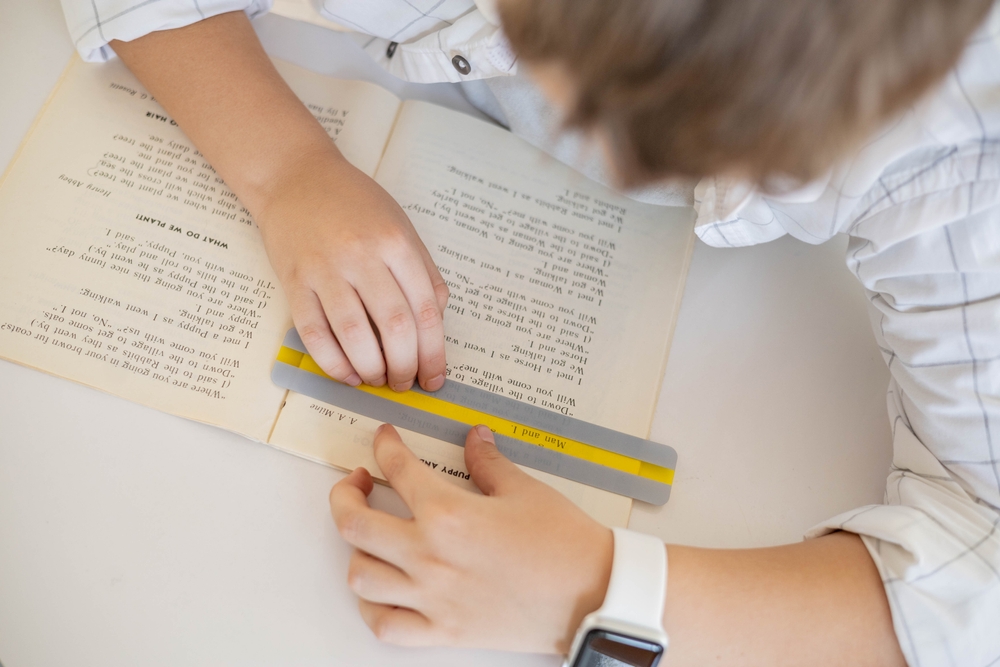
Why work with a professional assessment and intervention team?
By working with a professional team to receive a thorough assessment, you have the best chance of an accurate diagnosis.
Although at first a diagnosis might seem scary, this enables you to take the next steps in supporting your child.
At Early Start Australia, we believe that every child has the potential to succeed, and we’re here to help.
Our early intervention programs are designed to cater to your child’s specific needs, ensuring that they receive a personalised care plan that addresses their academic and social development.
We only work with evidence-based programs and intervention therapies, ensuring that child one gets the best possible care.
Get in touch
If you feel your child may have dyslexia or a learning disorder, we can help you to find support for early childhood learning disabilities. If you are ready to start your therapy journey or want to book an assessment, please don’t hesitate to contact our friendly team.


